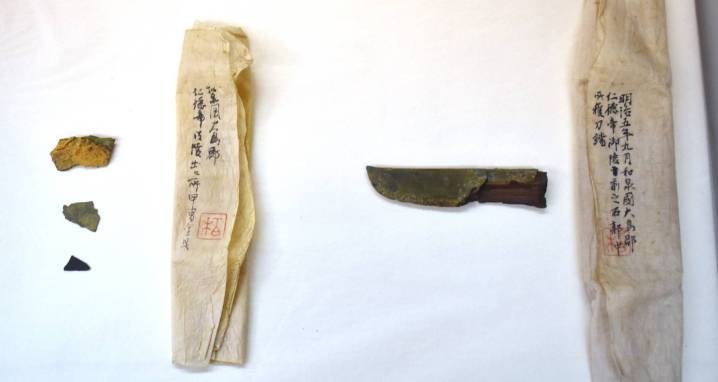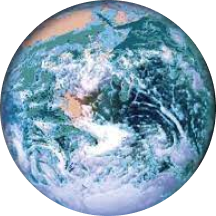The artifacts were thought to have been reburied in the Daisen Kofun burial mound after they were first discovered in 1872, but instead they've been in a private collection for 150 years.
Until recently, access to the Daisen Kofun burial mound — the apparent tomb of Japanese Emperor Nintoku — had been severely limited. But back in March, representatives from 17 academic history and archaeology organizations were invited to visit the keyhole-shaped mound.
Escorted by officials from the Imperial Household Agency, it was the first time since the end of the Second World War that scholars had been allowed to visit the sacred site. They did not enter the tomb itself, nor did they bring back any artifacts. Still, it marked a monumental occasion, as the burial mound had been effectively inaccess

 All That's Interesting
All That's Interesting

 Associated Press US and World News Video
Associated Press US and World News Video Associated Press Top News
Associated Press Top News CBS News
CBS News FOX5 Vegas
FOX5 Vegas KETV NewsWatch 7
KETV NewsWatch 7 Tulsa World
Tulsa World Foreign Policy
Foreign Policy Arizona Republic
Arizona Republic Alabama News Network
Alabama News Network